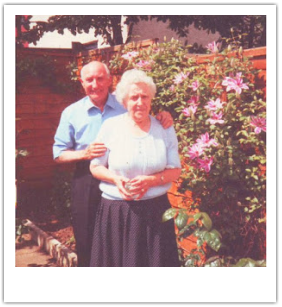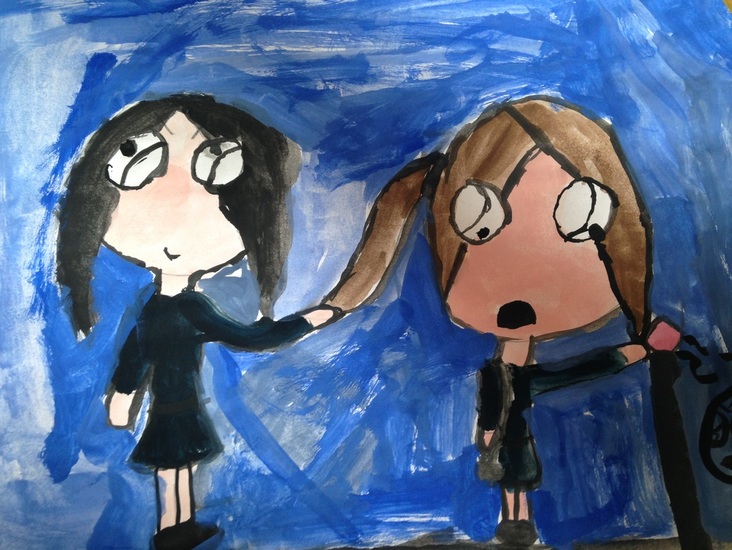|
The Bully up the Brae
I went to Moyle Primary School. It was the best school in Larne. It was the best school in County Antrim. It was the best school in Northern Ireland. It was the best school in Europe. It was the best school on earth. It was the best school in the universe. It was wile good. I liked Moyle Primary School, but on my first day, there were girls and boys who were crying to go home. What did they have to cry about? There were fat, juicy pencils, the likes of which I’d never seen at home. There were trays with coloured cubes that made me feel so happy that my tummy got a wee bit fluttery. There were easels with big, white pages. They were the widest, shiniest pages I’d ever seen. I wanted to dip a brush into a big blob of blue paint and make a line of sky. ‘Attention children!’ That was Miss McBride. She said children instead of weans. She had black hair and a lovely, long skirt that matched her scarf. She had a wile nice smile when she was happy, but when she was cross, she would say, ‘Now children. Don’t be naughty!’ We learned to read and write at Moyle Primary School. The teachers were smart, but they didnae understand the local language.
15 Comments
 You peek your upturned nose through the letterbox, inhale the smothering scent of wee buns, and holler, ‘Naaaan!’ You wait. The birds are pecking at the bird box, the drizzle is dripping from the roses and the concrete steps shimmer like marble. You see a face at the window with hollow cheeks. It’s not quite your Aunt Nan, but she opens the door, puts her teeth back in, smiles and you feel rich. It’s Tuesday. The twin tubs are swivelling their hips — one for washing, one for rinsing. The buns are ready and Nan lifts them onto a cooling rack. She has eyes on the back of her head. Tut tut and a tap on the hand. |
ProseHistory & folkloreJean Park of Ballygally
Fiddles and Melodeons Martha Taylor's diary Jean McCullagh at 104 Ballymena & the McConnells Arms in Irish Dancing Catholics & Protestants in Irish dancing Dancing in Victorian Ulster EssaysIrish Times:
Irish Dancing: The Festival Story The Protestant in Irish Fiction. The Protestant in Irish fiction II Ulster-Scots in Irish Fiction An author in Wonderland Belfast Telegraph: Irish Dancing Archives
March 2020
|

 RSS Feed
RSS Feed